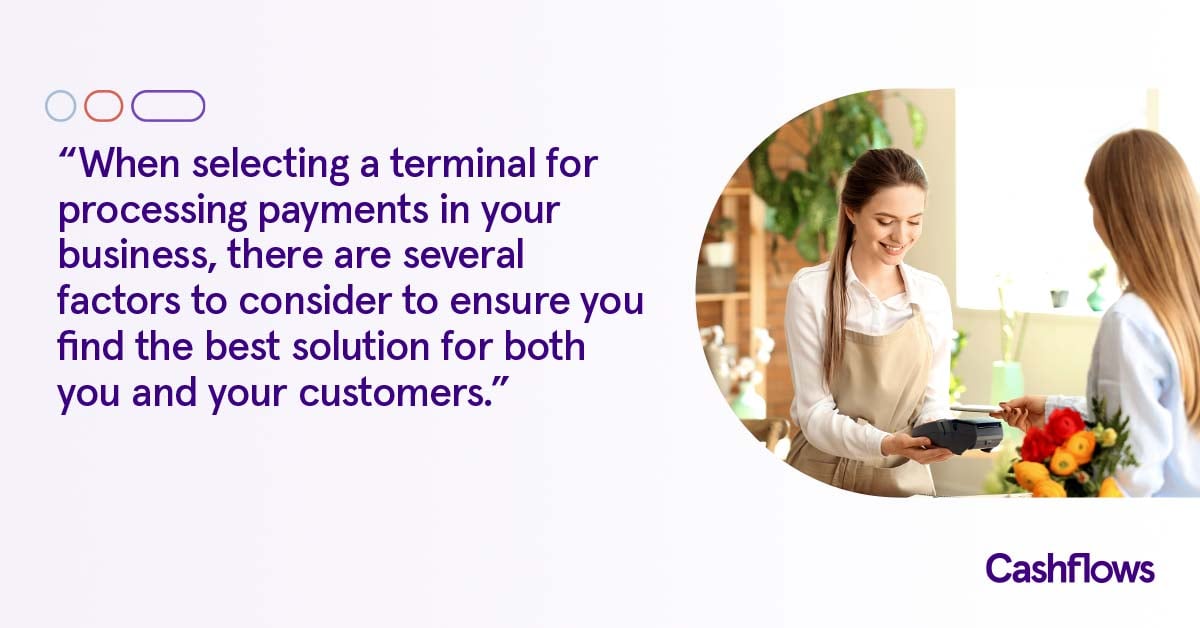81% of business professionals expect the growing availability of real-time or 24/7 payments . Despite this many businesses, including insurers, are still reliant on cheques1. As a result of Covid 19 and the subsequent implementation of technology, many insurers began to offer other payout methods, such as instant payout, but the switch seems to have slowed. In 2022, Consumers received 1.37 trillion USD in insurance claim payouts, but just 20% of this was sent using instant payment rails2. In fact, companies have reduced the number of disbursements where customers are given the option to choose instant payouts by 12% since 2021, despite an increased demand for this service3.
As customer experience is increasingly a key differentiator in the insurance space, businesses need to meet expectations of choice and seamless processes in order to compete. When given the choice, consumers opt for instant insurance claims payouts more than any other type of payment method4. The data counters arguments that customers prefer cheque payments on the basis that they no longer trust emails or phone calls asking to provide bank account details due to an increasing number of “phishing” frauds5. Cheques themselves are not fraud-proof, with instances of insurance cheques being fraudulently intercepted and cashed6. Cheques also run the risk of being lost in the post as the majority of insurers do not send them out with tracked or signed for postage7. This often causes huge problems for the customer in proving that they haven’t received the cheque and trying to get sent a replacement.
It's easy to understand why customers overwhelmingly prefer instant payout. They get their money as soon as their claim is approved, so don’t have to worry about covering expensive costs themselves until the cheque reaches them or following up with their insurer as to its whereabouts. In a world where instant gratification and seamless tech-driven experiences are increasingly the norm, slower, more complicated processes stick out like a sore thumb and create frustration with the service.
Instant payout is logistically simpler for customers. All they need to do is ensure their insurer has the correct bank details of the account they want their claims paid into. By contrast, depositing cheques has become much harder, with bank branches closing and certain banks, such as Nationwide, not offering options to pay in cheques online or by app. Even in instances where a customer can use their mobile to cash a cheque, there are often limits on how much or what size cheque can be deposited in this manner, meaning they may have to go into a branch anyway.
Customers also run the possibility of having to wait for multiple cheques, for example in a home insurance claim where both the house structure and personal belongings are damaged, you generally receive two separate cheques from your insurance company, one for each category of damage8.
But it’s not just customers that don’t benefit from insurers continuing to pay out by cheque, it’s also the insurers themselves.
The negatives of cheque payouts for insurers:
- Cost of printing, fulfilment and postage
- Reconciliation and financial planning are made more difficult as you cannot predict when a customer will cash a cheque
- If the cheque isn’t cashed by the customer, the insurance company remains responsible for paying the customer for 6 years so have to waste time and resources chasing the customer to cash it
- Cheques can be easily lost causing delays for both the business and the customer (an occurrence so common that insurance claimants are often warned about this before claiming9)
- Whilst a customer is waiting to receive their cheque, insurers are often liable to continue paying for stop-gaps, such as a hire car, making delays to payment costly for the business
- Slows down claims handling and payments
- Poor customer experience leading to lower conversions and poor customer retention
Insurers have huge incentives to reduce cheque payments, particularly in light of the numerous other options payment providers can offer in terms of paying in and paying out. Options like instant payout make things far simpler and more seamless for both insurers and their customers, reducing the time, costs, and effort involved in claim payments. When accompanied by customer portals that allow customers to input and change their own bank details or make a claim online, instant payouts go a step further in automating the insurance process, providing excellent customer experiences, and driving brand loyalty.
Sources:
1 Pymnts
2 Pymnts
3 Ibid.
4 Ibid.
6 BBC
7 Ibid.


